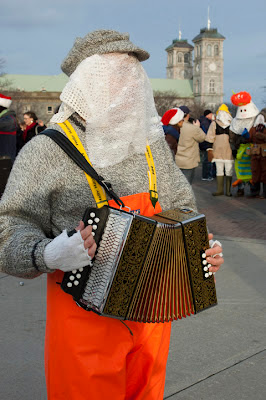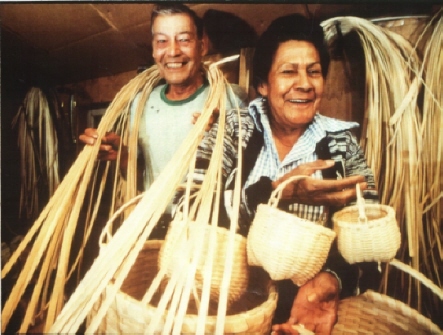I was impressed with the passion and the impressive volunteer and work histories of the YAG members I met, and I'm certain that they have a great deal to contribute toward's UNESCO's goals of building a culture of peace, the eradication of poverty, sustainable development and intercultural dialogue through education, the sciences, culture, communication and information.
The Canadian Commission for UNESCO is currently looking for interested young Canadians, between the ages of 15 and 30 years old, to become new members of its Youth Advisory Group. This year, in order to increase geographic representation of members throughout Canada, the Canadian Commission for UNESCO is specifically looking to recruit in Newfoundland and Labrador. As well, the YAG currently does not have any members interested in the theme of archives. Indeed, members interested in Information and Communication in general are fairly rare at the moment.
The original deadline of May 15th has been extended to May 25th, so if you are interested, get your application in today.











